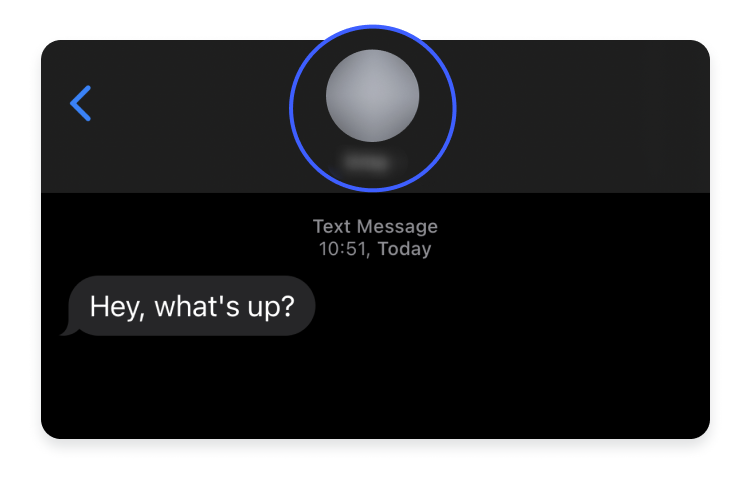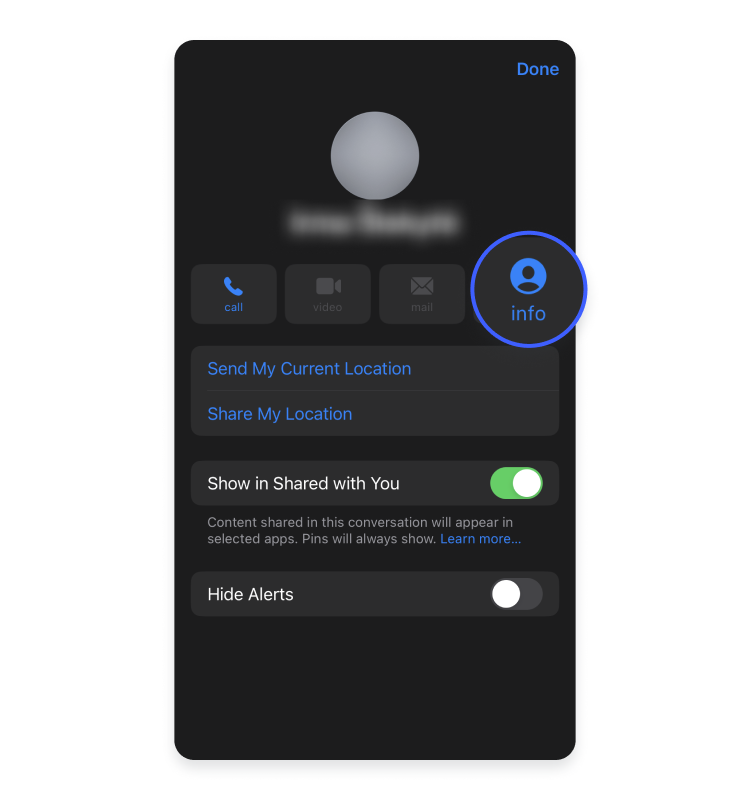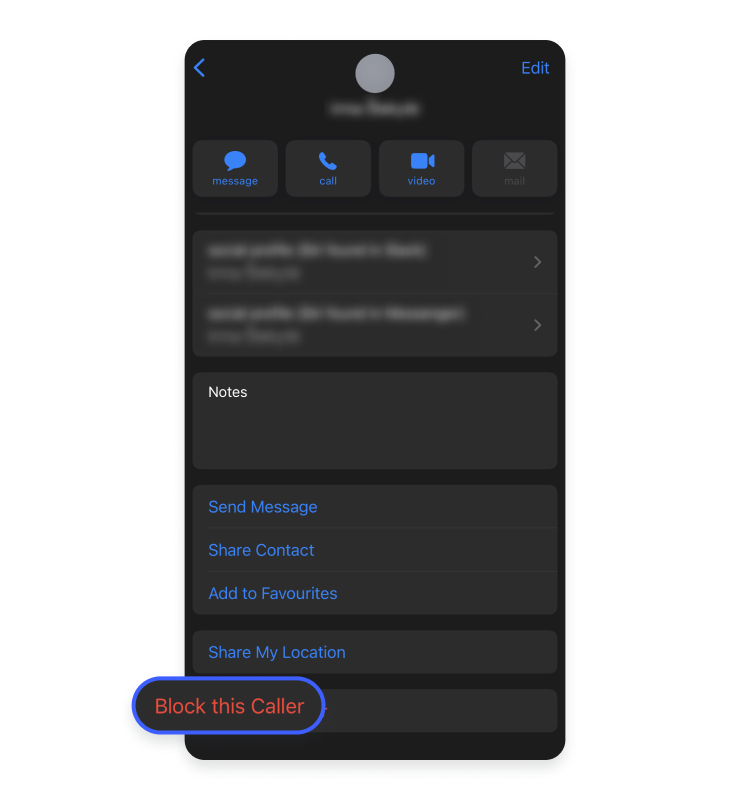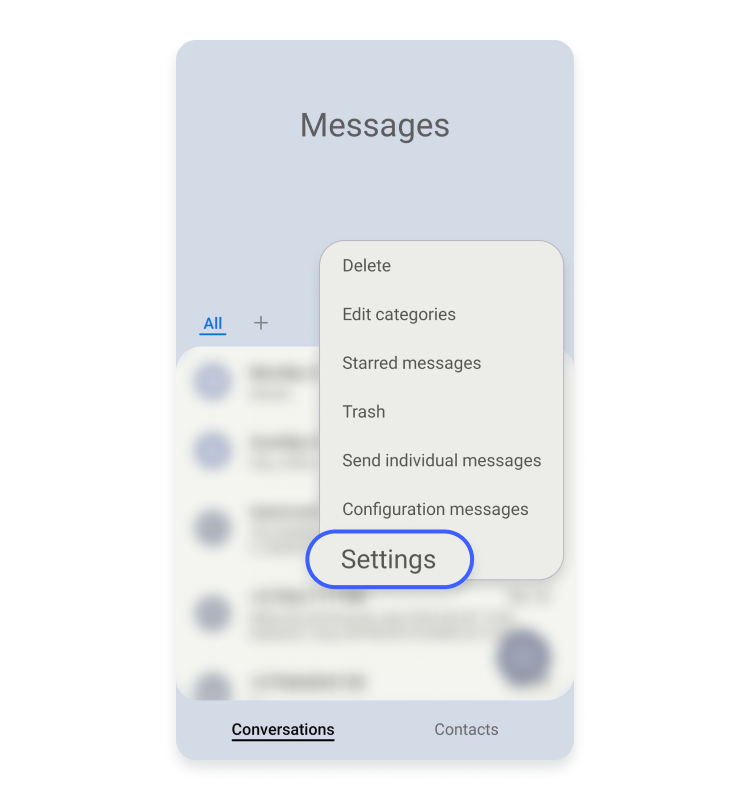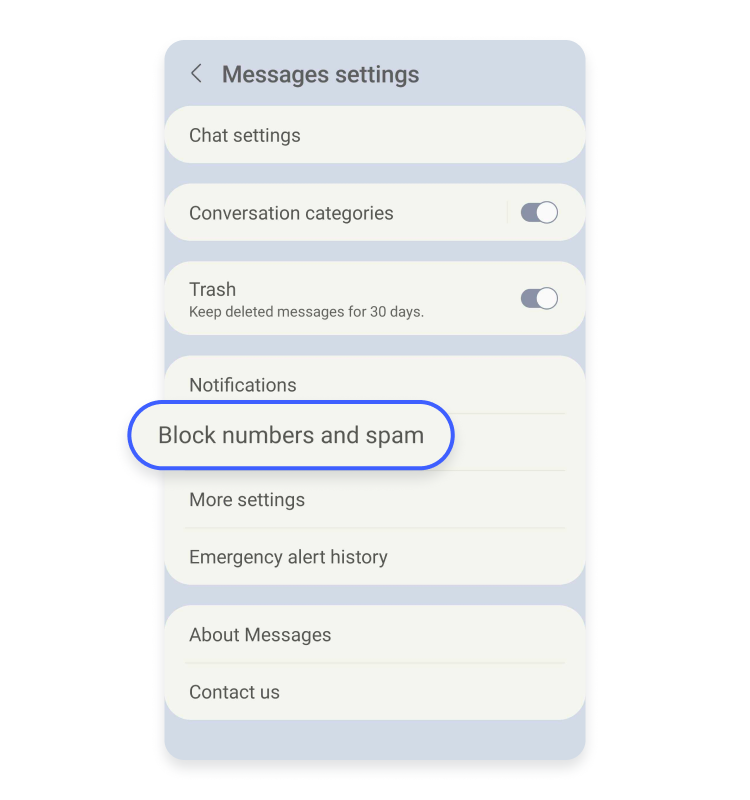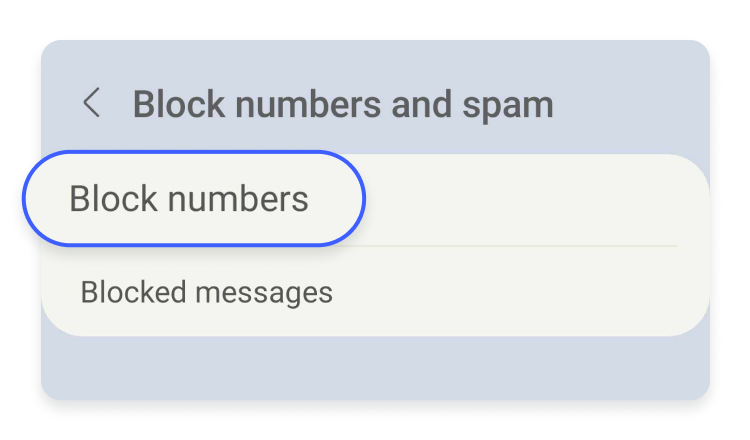How to block spam text messages on an Android and iPhone
Spam text messages are more than just an annoying waste of your time. Scammers use them to get your personal information, make you pay an exorbitant amount of money for replies or calls, or install malware on your device. Don’t fall for such scams. Continue reading to find out what you can do to stop spam messages.
Table of Contents
Table of Contents
What are spam text messages?
Spam text messages are typically unsolicited messages sent from accounts or websites that can mail thousands a day and contain potentially harmful content. The text of these messages will try to use socially engineered techniques to trick you into giving away identifying information, such as banking credentials, credit card numbers, or business information.
Why are you getting spam texts?
Criminals have a few ways they can target your number for spam text messages. Sometimes, if you’re unlucky, your number will be produced with a tool that generates numbers automatically. You might want to check the privacy policies on the accounts you hold, too. You’d be surprised what you may find in the small print – some apps will actively share your data with third parties.
Spam text message examples
Spare yourself the headache and find out how spam messages can look like. These are some of the most common examples:
- Verify your bank account. Such texts are usually treated as smishing – a more sinister form of spam messages hackers use to extract personal information. This message will try to hide behind the guise of a legitimate bank, asking you to click on a link and provide your banking information. Many other scammers will try to get victims to “verify an account” on many different services, not just banking.
- Pending refund. You’ll be told that you have a refund waiting to be placed into your account — all you have to do is provide your account information, and it will be sent over.
- Fake competitions. You’ve won a cash prize! To claim it, follow this link and download this file! Don’t fall for this easy trick, sometimes situations are really too good to be true.
What to do if you receive a spam text message
Spam text messages are not a threat if you know what to do when you get one:
Never reply to spam text messages
Ignore spam text messages, even if they ask you to reply in order to opt out. If you do, it will confirm to the scammer that your phone number is active, and they might use it for future attacks or to get more information out of you.
Never click on any links
If you get a spam message containing a link and encouraging you to open it – don’t, because they might hide malicious software that can be installed on your device. Don’t click on them even if they say “click to opt-out.” If the message claims to be from a company you trust, navigate to their website yourself to log in instead of using the link.
Never give away any personal information
Spammers play on a mix of emotions like urgency, fear, or curiosity and craft their messages to trick you into revealing your sensitive details. They may seek your personal identifying information, passwords, bank account numbers, or social security numbers. Never give them away. Legitimate companies would never ask you to reply with your login details or passwords. If you have any doubts, contact the company directly.
Block the number
Let the spammer know they’re not welcome and block their number. Even though spammers often switch numbers and might come back in another disguise, blocking is a quick fix to cut them off, at least temporarily.
How to block text messages on an iPhone
If you keep receiving suspicious messages from a specific phone number, you can block the number to reduce the volume of spam you receive. Follow these steps to enhance your iPhone security:
- Open the “Messages” app.
- Open a conversation and tap the contact at the top.

- Tap “Info.”

- Scroll down and tap “Block this caller.”

How to block text messages on an Android
While blocking numbers won’t eliminate spam, it will boost your overall Android security by stopping any future attempts for that number to text or call you.
- Open the “Messages” app and tap three dots on the top right.

- Tap “Settings.”

- Tap “Block numbers and spam.”

- Tap “Block numbers.”

- Choose “Contacts.”

- Select a contact you want to block from the list and tap “Done.”

Other ways to stop spam texts
The key to protecting yourself from text scammers is to pay attention and think one step ahead of the fraudsters:
- Contact the company directly and ask to opt-out. However, don’t reply or call back the number from which you received the text. They may be coming from text spammers pretending to be from the company you trust. It’s better to find their number online on their official webpage and give them a call.
- Put your mobile phone number on the National Do Not Call Registry. This should stop salespeople from buying or, in other ways, obtaining your number from various databases.
- Check whether your carrier can block the caller ID. However, they usually focus on blocking unwanted calls rather than texts.
- Try using third-party apps to block the spam messages. However, they also mostly block spam calls rather than texts. If you decide to use such apps, beware that some of them might gather your data without your permission or even sell it to other companies. Read their privacy policies carefully.
- Be careful who you share your phone number with. Treat your phone number the same as your other personal information. Only share your number with trusted people.
- Educate yourself about phishing tactics. Phishing, smishing or vishing, is a very dangerous scam tactic used to obtain personal data from unsuspecting users. Be wary of messages that urge you to react immediately. Those involving financial accounts are the most troubling.
How to report spam text messages
You should also consider reporting spam messages and their senders. Reporting such messages might also prevent further spam from being sent to your phone and help others avoid spam. You can do so by:
- Filing an online complaint on the FTC’s page or a similar regulatory body in your country.
- Reporting these messages and senders to your carrier. Copy or select the original message and text it to 7726, if you’re in the US. You can do so if you are an AT&T, Verizon Wireless, T-Mobile, or Sprint customer. They will use this information to try to block future spam messages.
While NordVPN won’t be able to block spam messages altogether, it can block malicious sites from loading. If you were to try to open a link to a virus-laden website, NordVPN’s Threat Protection Pro feature would stop it from loading altogether. Threat Protection Pro is integrated into the NordVPN app, but it can be purchased separately and does not require a VPN connection to work.

